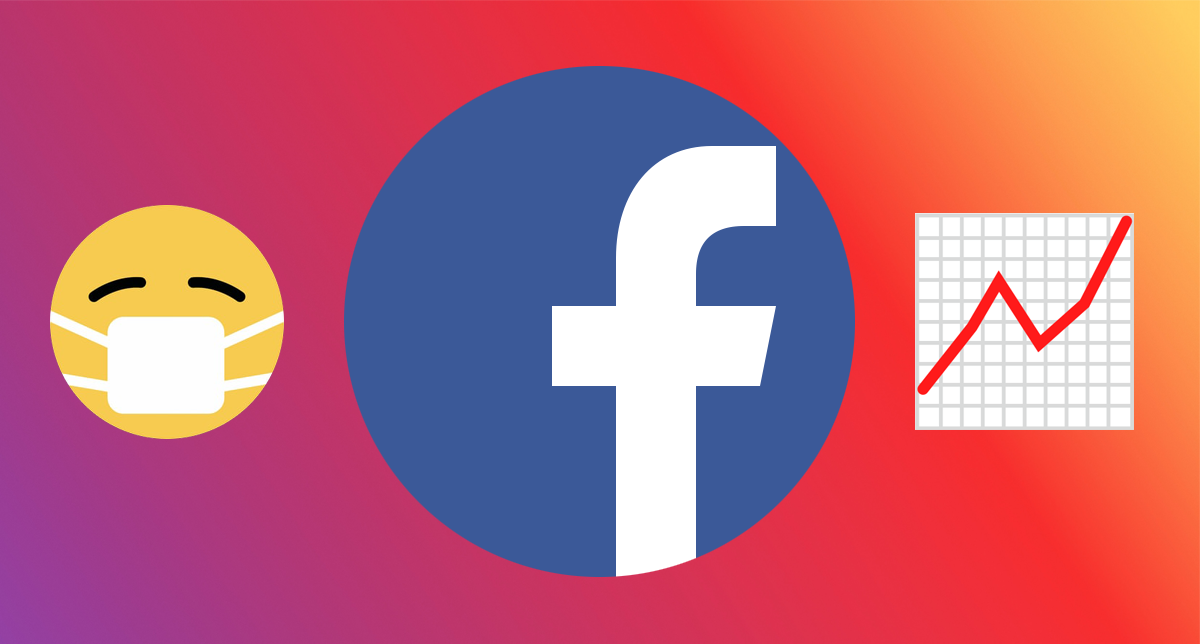In the wake of the ongoing coronavirus pandemic, advertisers are scurrying from the safety and shelter of their own homes to adjust marketing plans in a truly unprecedented time. While different industries are affected to various degrees with some pivoting strategy, and others pausing off media entirely, one thing is certain: people’s daily routines have been turned upside down as they deal with nationwide and global shelter-in-place orders.
As people are home during this time of crisis, they understandably are spending more time on digital screens. Facebook notes, “The usage growth from COVID-19 is unprecedented across the industry, and we are experiencing new records in usage almost every day.” This usage spike, coupled with the fact that most brick-and-mortar businesses remain closed, has put social advertisers in an awkward position when it comes to flighting media. On the one hand, social spend could be down, as clients tend to regard social as an awareness/consideration support channel, and when pressed with budget cuts, often pull from the top of the funnel first. On the other hand, the influx of inventory has provided the opportunity for advertisers to reach more users at a below average cost.
E-commerce Client Observations
As an agency managing social spend across various industries, we’ve made certain observations that can help directionally provide some insight to the times. First, let’s start with e-commerce. Generally speaking, our e-commerce clients increased Facebook ad spend in the month of March in an effort to combat the losses coming from their retail locations.
For conversion optimized campaigns, we’ve noticed a decrease in CPMs compared to February, generally ranging from 20-30%. For this objective, we’ve also seen quite the increase in direct social ROAS, upwards of 30%, in some cases. While these ROAS increases are partly to be expected (with in-store retail options not currently at a shopper’s disposal, and with increased promotions added in an attempt to maximize sales volume), the opportunity to scale paid social’s contribution to an e-commerce initiative is noteworthy. After all, while consumers can’t browse their local shopping centers, they are spending more time on social media where they are open to (and often expecting to) have relevant content delivered to them.
Our e-commerce clients also noticed a general decrease in CPMs for campaigns using the site traffic objective, though CPC and Cost Per Session metrics did not conform to a collective pattern. By no means are we suggesting that brands open the media floodgates as a result of this crisis, even with the noticeable performance increases we have observed on social. Instead, advertisers should monitor any media they are spending on the channel and assess performance in relation to baselines established through historical data (assuming it exists, and ideally segmented by audience category and objective). Knowing those baselines will help e-commerce brands test the limits of scalability should their performance see the same upticks we’ve observed.
Restaurant Client Observations
The other major industry our agency manages large-scale social advertising for is the restaurant business (multi-location), which has arguably been the most drastically impacted by COVID-19 and the subsequent closure of dine-in services.
For the most part, the majority of Facebook ad dollars our restaurant clients were spending prior to March was towards the Store Visit objective. However, Facebook recently announced, “To help prevent the spread of coronavirus (COVID-19), the store traffic objective is temporarily unavailable.” Eliminating this objective option, however, is not as strategy shaking as it might seem. Although we were primarily using this objective, our agency was optimizing delivery for those campaigns for “Daily Unique Reach,” which ultimately improves store visit performance (at a more efficient cost than optimizing for “Store Visits” itself). Facebook has always asserted that reach most positively correlates to sales for multi-location businesses, so the strong results we’ve seen with the combination of the Store Visit objective and delivery optimized for “Daily Unique Reach” is not all that surprising.
The good news for restaurants who are still open for take-out and delivery is that the Reach objective remains available. The only pitfall to Facebook temporarily removing the Store Visit objective comes from the ability to use store sets and filter Store Visits by business location, which may or may not be important to the brand. It’s important to note that the Store Visit metric is still available (and tracking) in Facebook, so advertisers can still see that data in relation to campaigns they run for other objectives (like Reach), though it might be at a lower accuracy level since Facebook tries to filter out “people who may be employees or appear to be moving past your stores rather than visiting” and quick, curbside pick-up might inhibit Facebook’s ability to attribute. Facebook clarifies that “because not every visit to a store can be detected, store visits results are modeled.” That being said, even with the disablement of the Store Visit objective, our restaurant clients did not see a significant change in Cost Per Store Visit for the Reach-objective campaigns we pivoted to running.
In line with our e-commerce clients, the restaurant brands we manage Facebook Ads for saw a noticeable decrease in CPMs in March compared to February, also in the 20-30% range. While this partially has to do with the switch up in objectives (Reach campaigns will typically see lower CPMs, even compared to Store Visit objective campaigns optimizing delivery for the “Daily Unique Reach” option), the CPMs we observed were significantly lower than other Reach-objective campaigns we had run previously.
Though consumers may be stuck at home, they still need to eat, and that dining experience from a favorite restaurant (even when it’s taking place on the couch or in the confines of the kitchen), might be the shred of normalcy or enjoyable escape that a person is yearning for. Restaurants who are open for delivery or takeout have the same ability to “create the crave” through Facebook Ads that they’ve always had, and it might be at reduced price given the influx of app usage.
Final Thoughts
Correlation does not imply causation here, and the trends we’re referencing apply only to our clients from which we have data for, so they should not be understood to blanket their corresponding industries. There is no one-size-fits-all approach to social advertising, especially during times like these. Though consumers may be stuck in perpetual lockdown, they are spending more time than ever on social networks to keep themselves informed and entertained. With more eyeballs on digital screens, social budgets may go further than usual in reaching a target audience and driving a desired result. If a brand does decide to move forward with (or scale further) their media efforts during this pandemic, then delivering a clear and sensitive-to-the-times message that anticipates the wants and needs of a consumer should now, more than ever, be at the forefront of their advertising plan.

